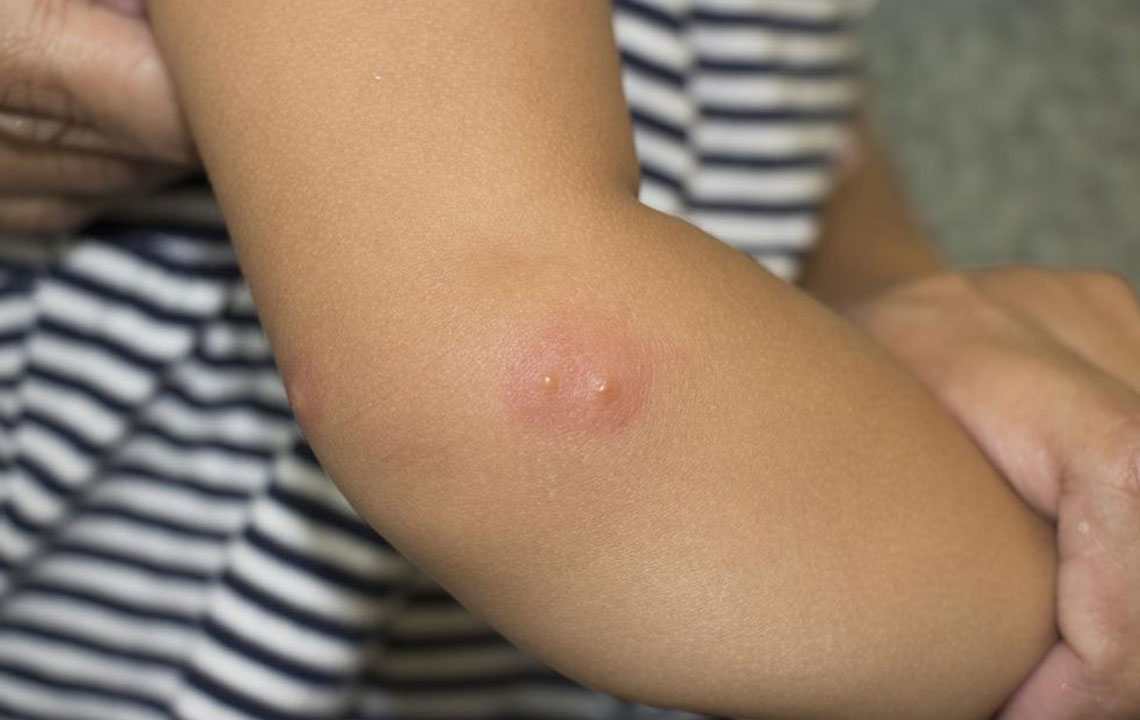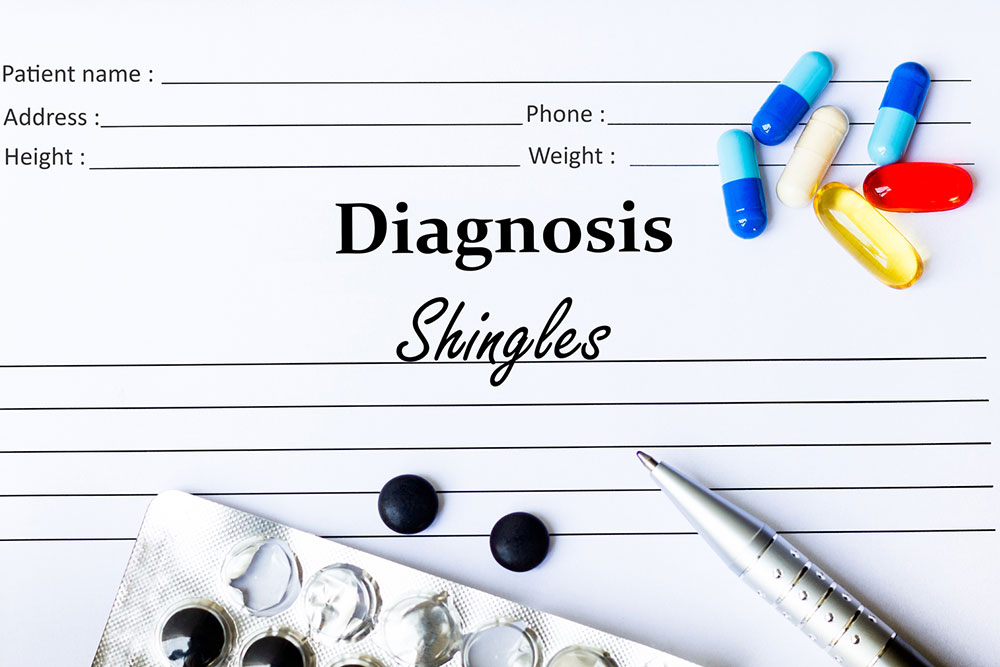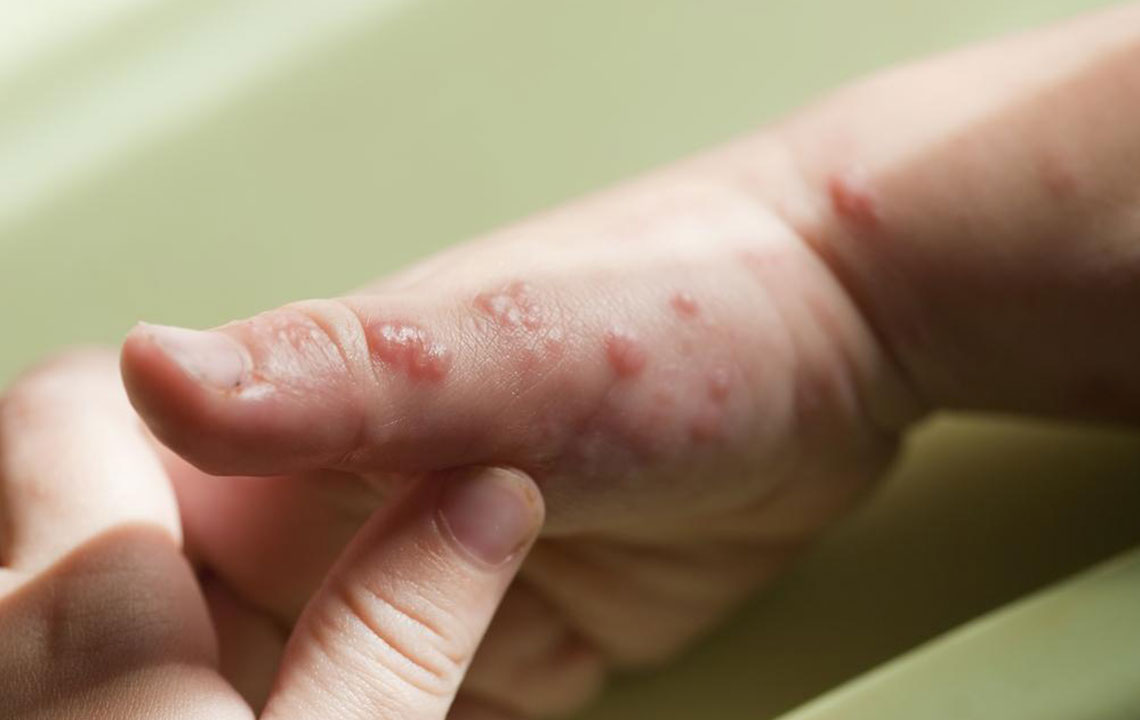Here’s What You Need to Know about Shingles and Its Symptoms
Shingle is a rash infection usually caused by the vermicelli zoster virus; it’s quite painful and spreads over the skin. The same virus is responsible for causing chicken pox also. Shingles is also known as herpes zoster and it’s often seen in small or big patches all over the body or in some parts of the body. Shingle is most commonly found in adults, mostly aged above 30. It occurs when the chickenpox virus is reactivated in the nerve cells of the body.

In most shingles cases, the cause of it is unknown as to why the virus starts multiplying and also why reactivates itself. A lot of doctors and specialists often say that the reason for the virus to multiply or reactivate itself is because of a weak immune system. Along with a weak immune system, aging is also one of the triggers; a lot of diseases such as cancer and HIV AIDS as well trigger the virus. Even stress of any kind, be it psychological or emotional can cause the virus to reactivate. Shingles is also a communicable disease so you can get it from someone around you as well. Even if you have had chicken pox before, there is always a chance to get shingles especially if you are an adult.
It’s highly important to keep a distance from anyone who has shingles especially when you are experiencing weakness or might have a weak immune system. The disease is diagnosed by the doctor by looking at the appearance of the rash and other symptoms of shingles. Shingles are always treated with anti-viral medications along with some painkillers; there are also vaccines available to curb this disease. A lot of doctors also prescribe some medications or ointments that help as a numbing agent, so that the itchiness can be curbed. Bathing with neem leaves in the water can help the body feel better and helps later on with any marks that are left. One must try and avoid scratching as much possible as later on, it will leave marks just like chicken pox and these marks become stubborn and take a lot of time to fade away.
There are a couple of symptoms of shingles that build up gradually. The person begins to feel unwell and tired, and he or she may also develop body ache. It’s always best to get in touch with a doctor as soon as you experience any discomfort or illness; these are all the symptoms of shingles that a person with shingles or about to get shingles would experience.
- There might be acute pain and redness in a specific area of the body or in small different areas of the body.
- After about 2-5 days of pain, a rash appears in those parts of the body that looks a lot like chicken pox.
- It starts with a lot of red blotches which later on develops into fluid-filled blisters and cause a lot of itchiness.
- Frequent headaches are also experienced by the person.
- A lot of people also go through some sensitivity from the light and sun rays and many times the eyes begin to water.
- There is always a constant itching and tingling sensation in the area which can make the person feel a lot of discomforts and also make him or her irritable.
- If you have shingles, you might experience weakness and dizziness because the body becomes very weak.
- In some cases, the rashes can also be around the eyes, mouth, and ears.
- If the infection spreads towards the eye area, it might cause issues with vision and also inflammation of the eyes. The person might not be able to see everything properly and clearly.
- A lot of people also experience joint pains, nausea, muscle pains, swollen glands, and upset stomach.
- If the rash or infection affects the face, in particular, the person might show symptoms of shingles such as difficulty in moving facial muscles, drooping eyelids, hearing loss, loss of eye motion, and problems with taste.
- A lot of symptoms of shingles develop earlier; these include numbness and painful areas or spots in the body.
- There is often a localized burning sensation in the rash area. So a lot of doctors prescribe some medications that would control these sensations.
- The skin around the area starts to prick and becomes extremely uncomfortable.
- The duration or course of this disease is about three weeks, in which the 1st and 2nd week are the toughest because the disease is at its peak; slowly the symptoms of shingles begin to go by the end of 3rd week.




